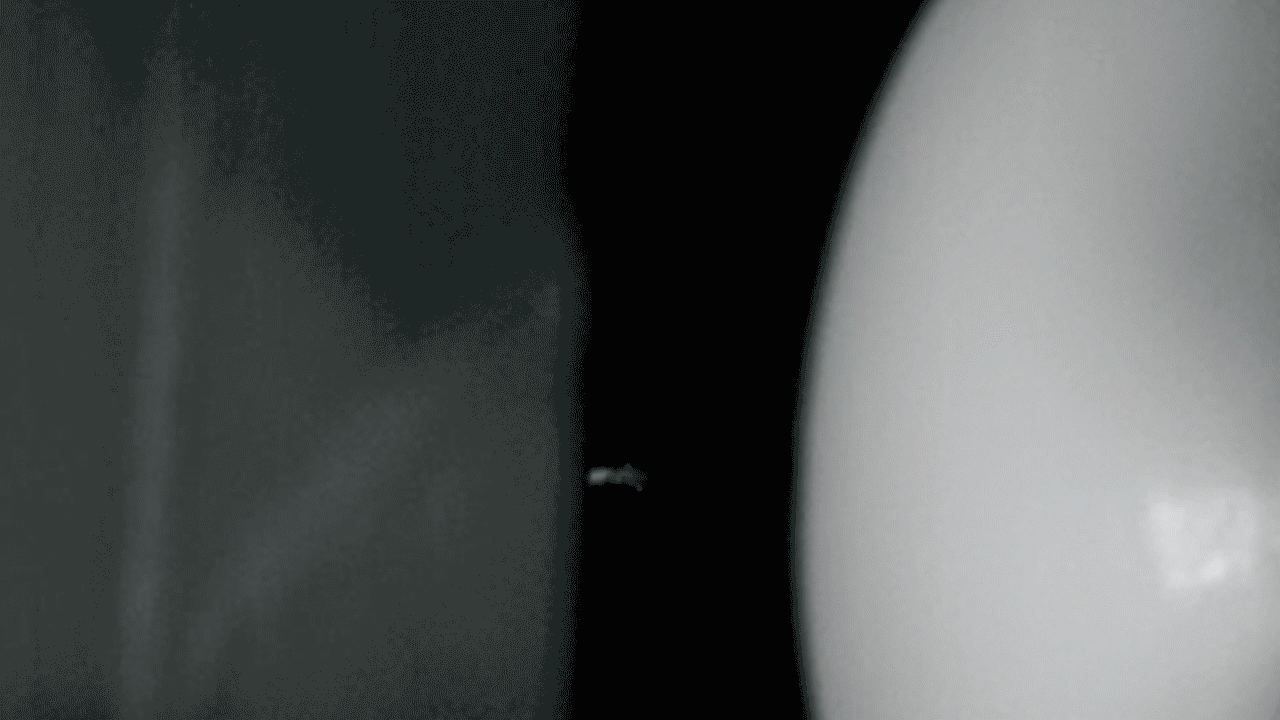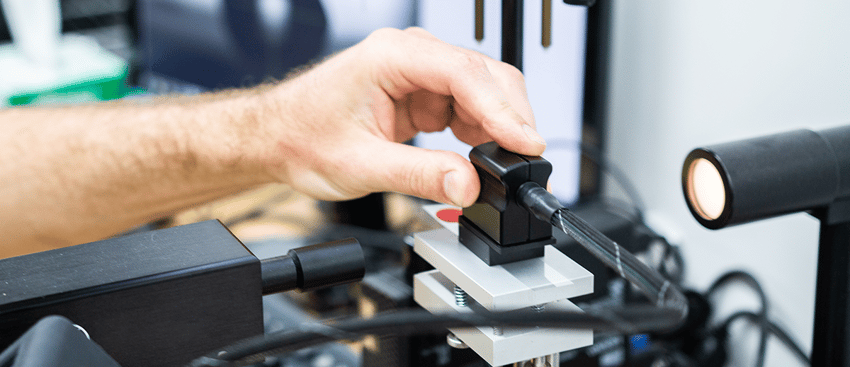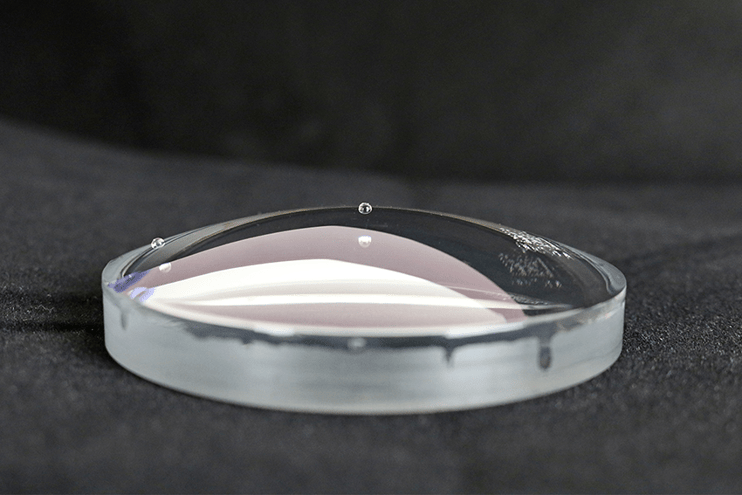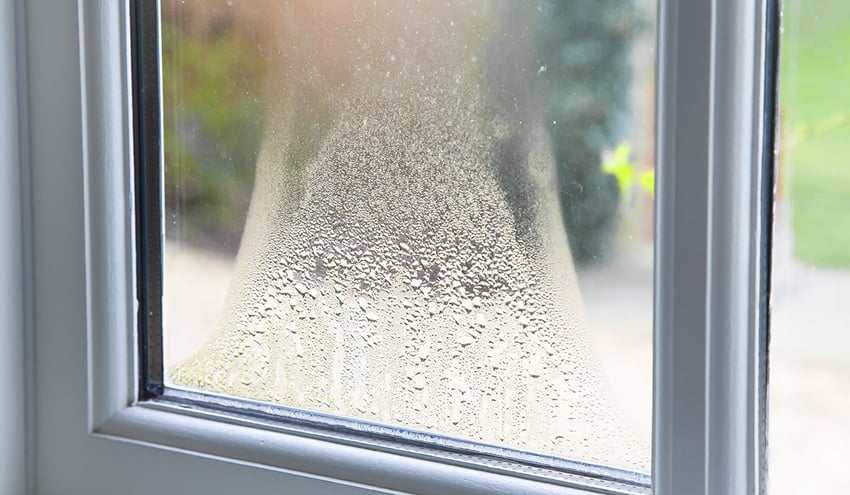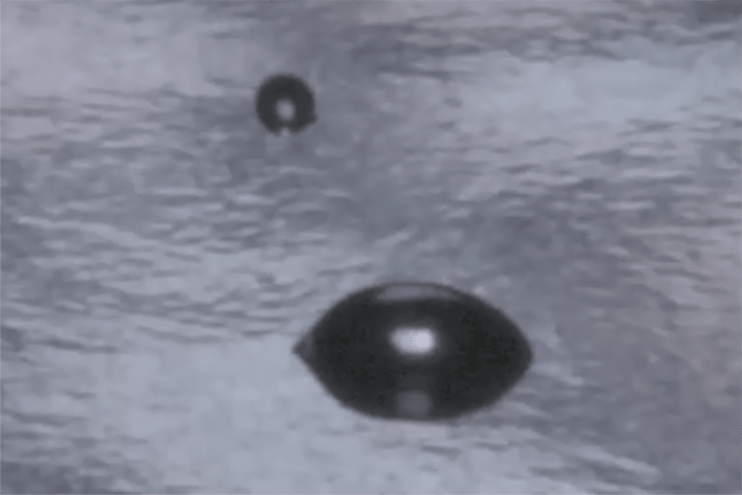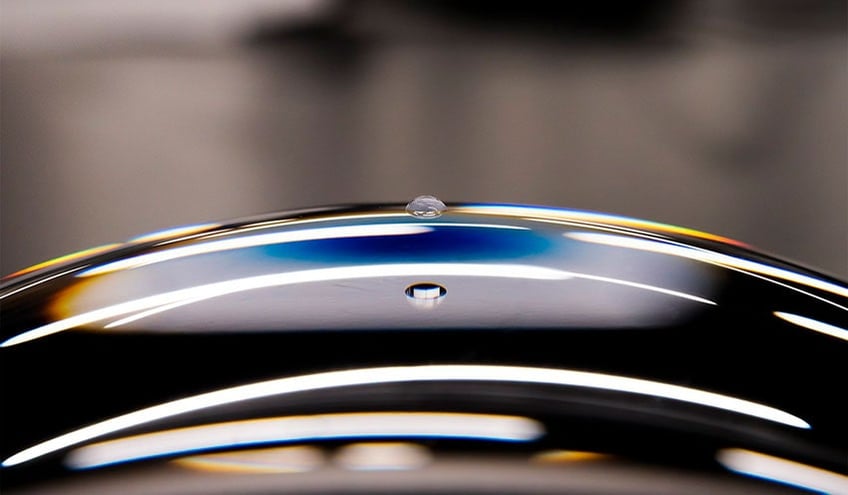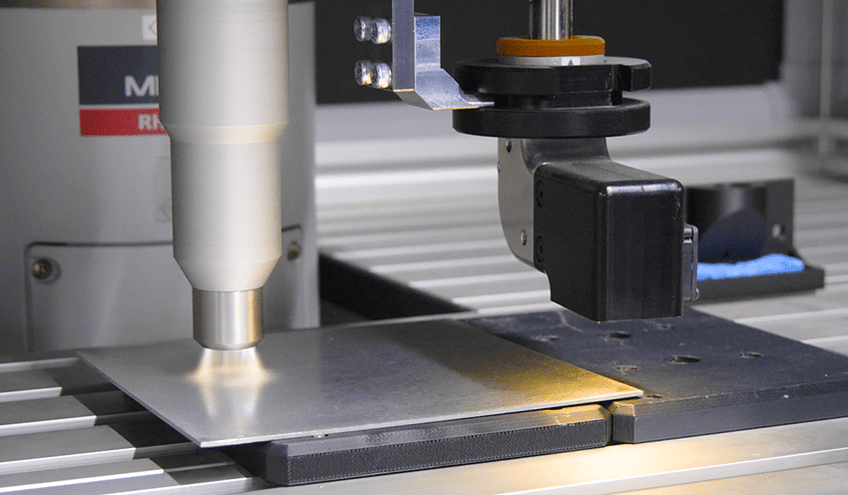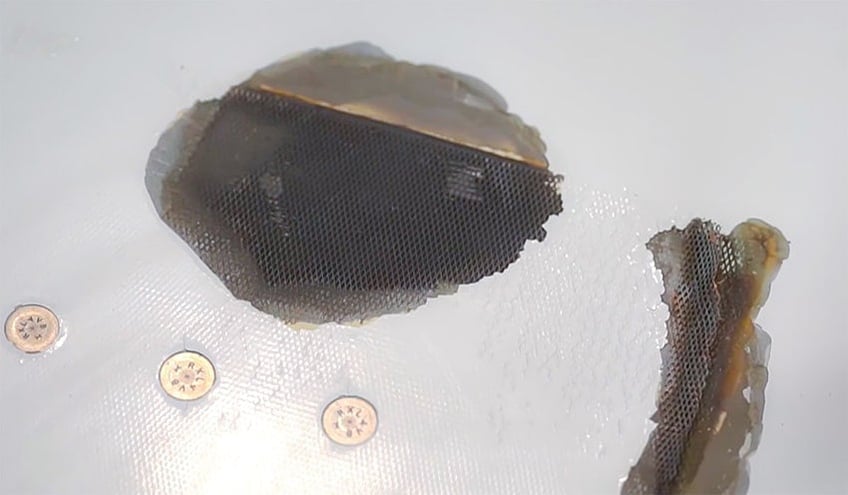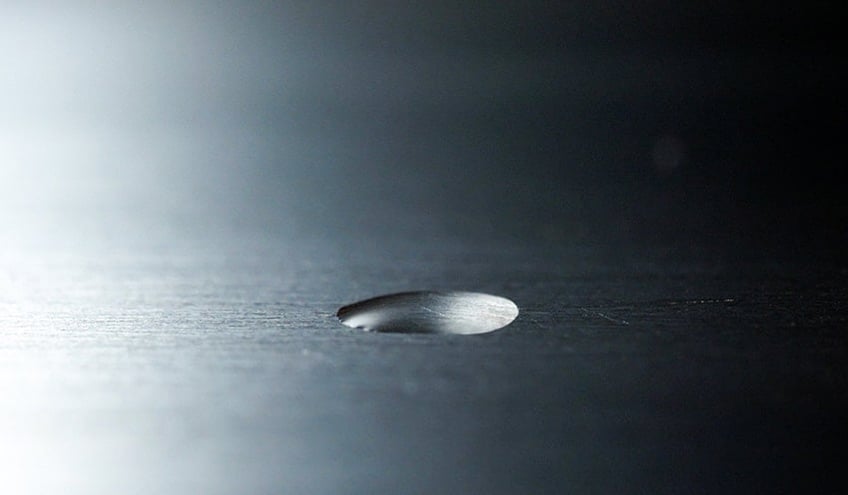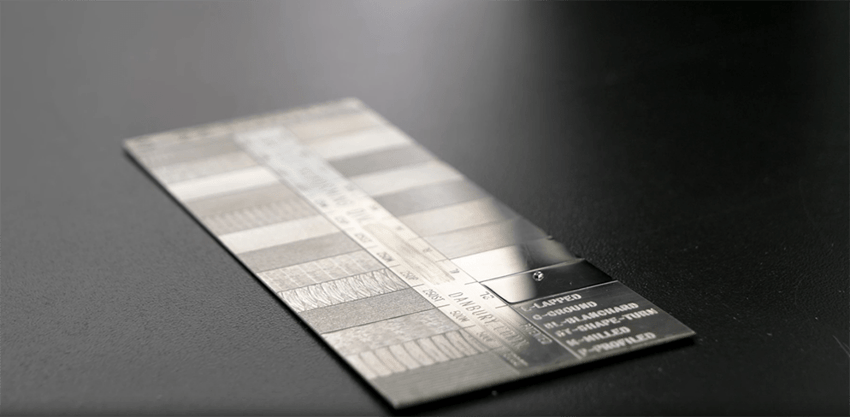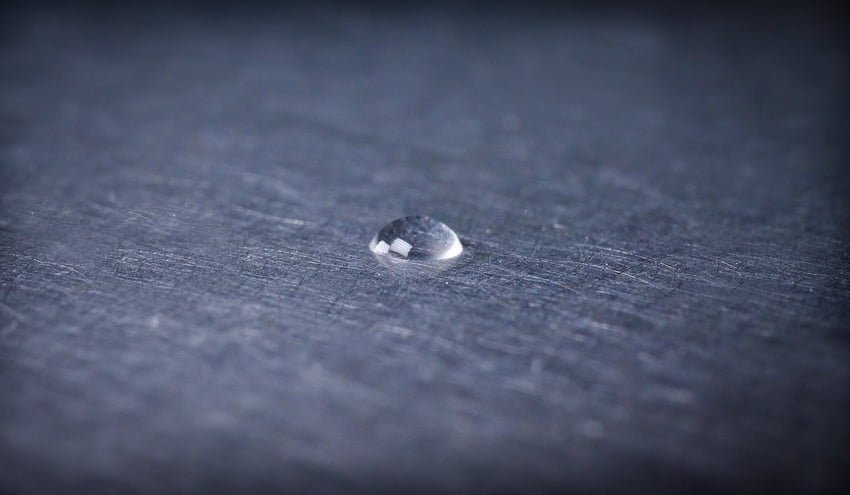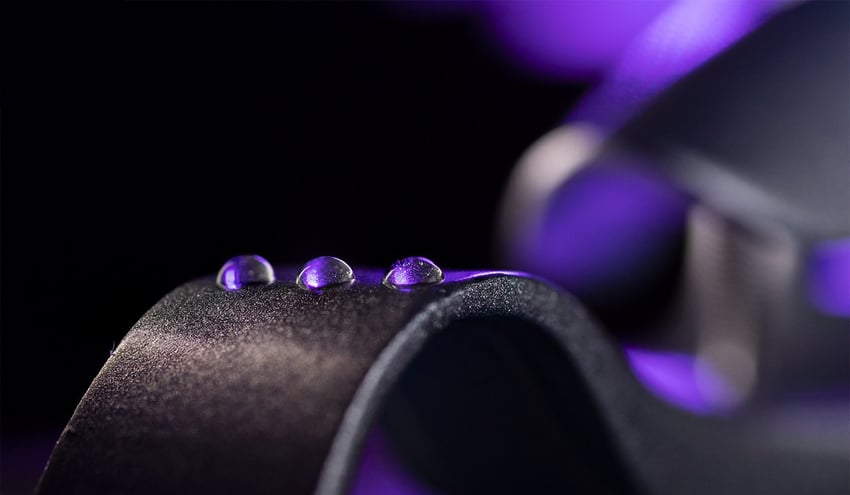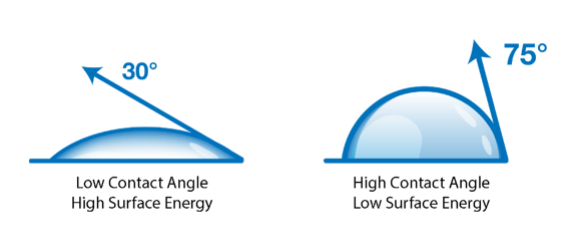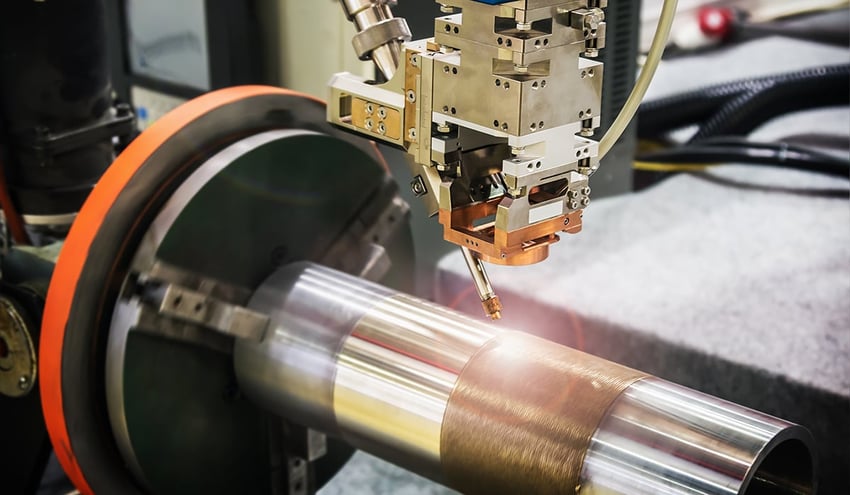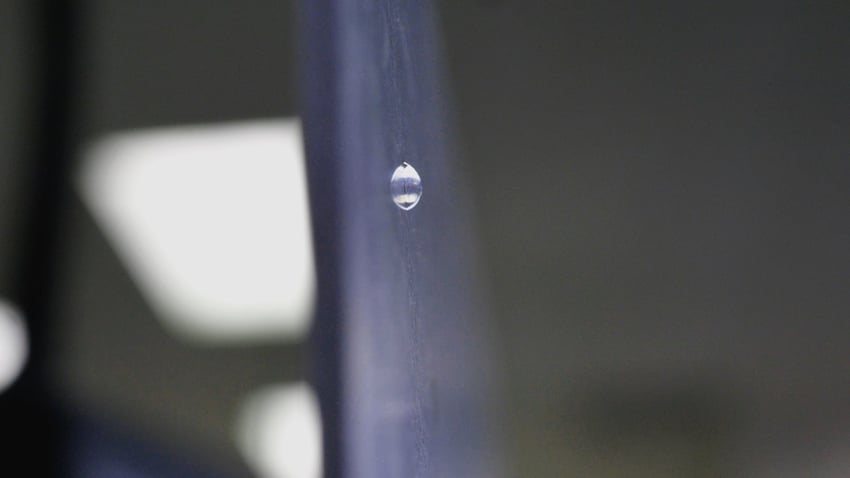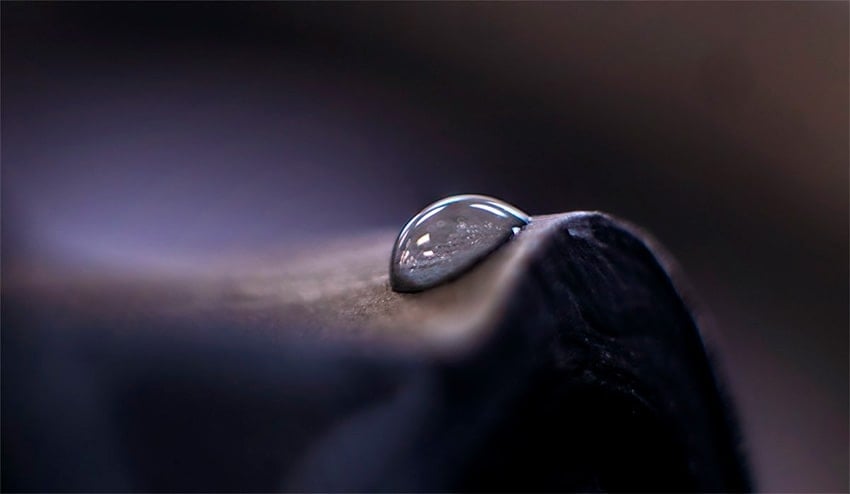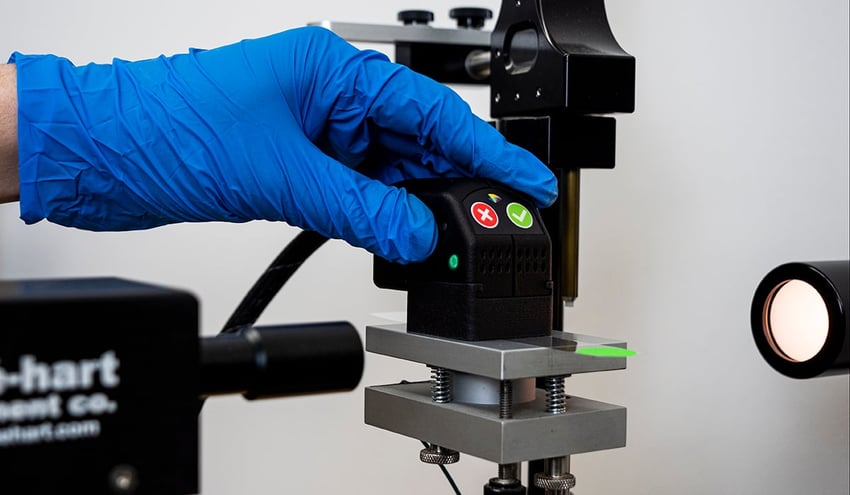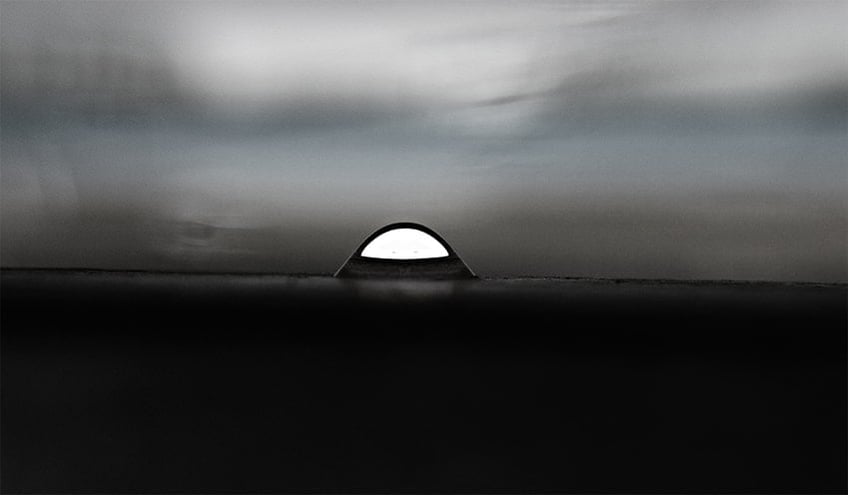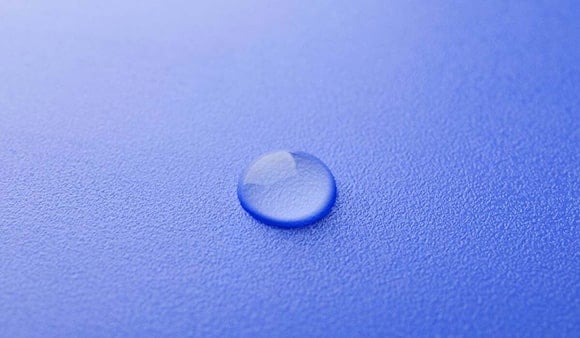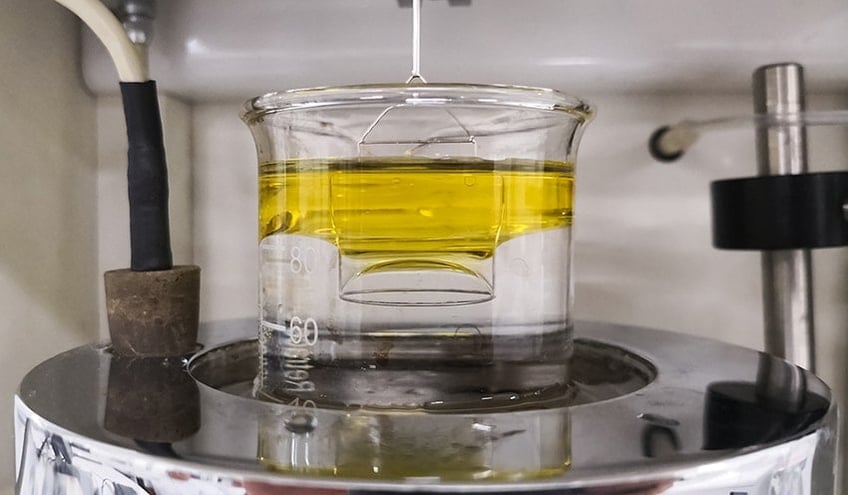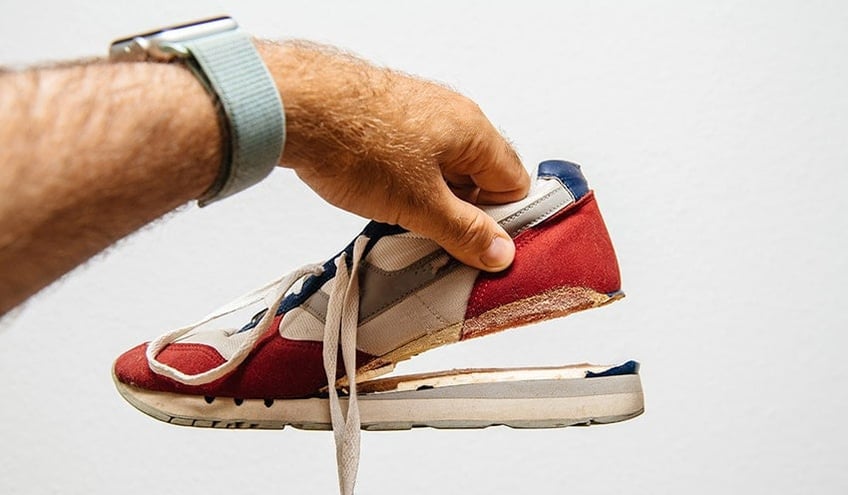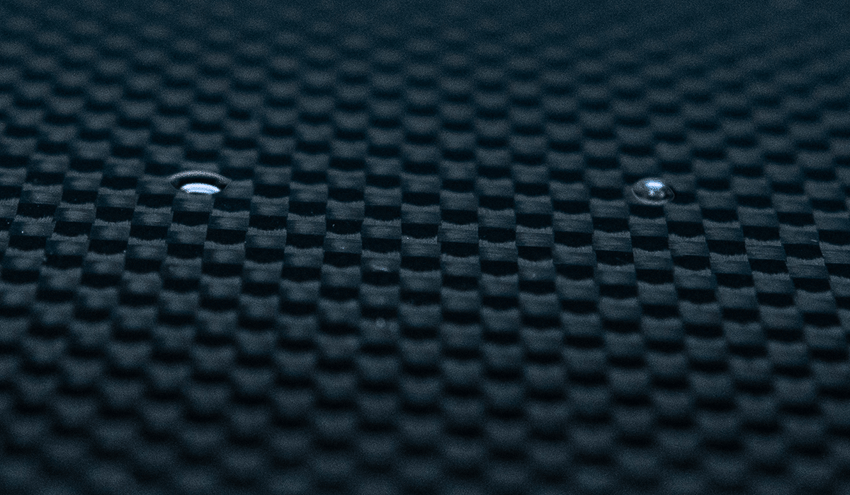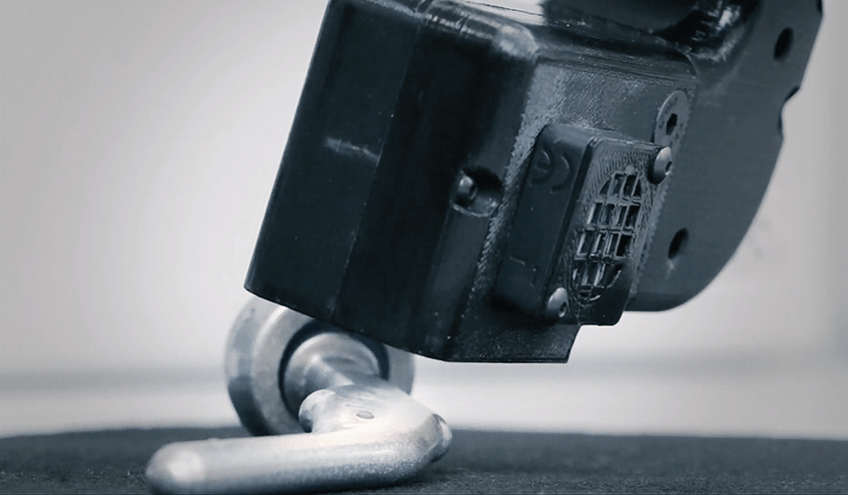Nature is miraculous. Living entities, be they plants, animals, marine life, or humans, can perform an amazing array of complex tasks. As scientists, inventors, and engineers, we take inspiration from any source that provides a good idea.
We marvel at how the archerfish uses water to secure their food. The archerfish has a unique ability to create a waterjet that they use to target their prey efficiently — they can spit a jet of water up to 10 feet above the waterline and hit insects that drop into the water and become their next meal. Like the archerfish, Brighton Science has learned how to harness the power of water to achieve precise results. Using our patented Ballistic Deposition™ technology, the Surface Analyst builds the perfect liquid drop that can be used to measure contact angles. These precise measurements allow us to assess whether or not a surface is ready for adhesion.
Adapts to Challenging Environments
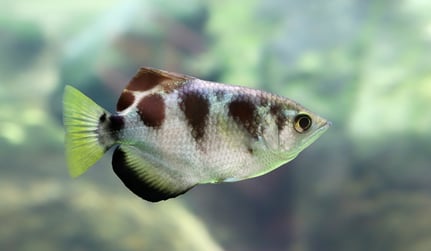
The archerfish needs to be precise when targeting its prey in order to survive. Although the archerfish is confined to water, it seeks to find food, which includes a variety of insects, on land. The archerfish can spit concentrated water jets at distances of up to 10 feet. As the configuration of natural obstacles perpetually changes, requiring the archerfish to continually navigate around leaves, low-hanging branches, or other random natural structures, the archerfish must continually adapt to changes in the landscape of its “hunting grounds.”
The Surface Analyst™ technology has been designed to make contact angle measurements on surfaces with complex geometries and in unpredictable environments. Although the surfaces to be tested vary in levels of roughness, chemical composition, and physical geometries, the Surface Analyst technology adapts to this variability. It uses Ballistic Deposition to build fluid drops that enable precise contact angle measurements on variable surfaces with challenging geometries. Dynamic detection algorithms adapt to surface reflectivity and roughness to measure contact angle accurately. By combining Ballistic Deposition, which addresses the needs of the material surfaces, with Dynamic Detection, which enables software-driven “smart solutions,” the Surface Analyst achieves superior adaptability.
Revolutionize Your Manufacturing with Surface Quality Inspection Technology.
Rapid Pass/Fail Results
The archerfish knows immediately whether it’s been successful in targeting its prey. If successful, the prey drops into the water, and the archerfish begins its next meal. If it is unsuccessful, the archerfish must adjust its waterjet and targeting. Failure means the archerfish goes hungry.
The Surface Analyst provides immediate pass/fail feedback in multiple formats, including:
- Contact angle measurement results that provide a pass or fail result reading on the device’s touchscreen
- Yellow/green/red status lights on the Universal Inspection Head
- Audible feedback
This immediate feedback allows your factory workers to know which parts have been properly prepared for adhesion and which parts need further processing. This real-time feedback is essential to ensure successful bonding. For certain applications, including medical devices and aircraft, successful bonding is literally a matter of life and death.
Extraordinarily Accurate
The archerfish can iterate. If it is unsuccessful with its initial shots, it can change the height, angle, and speed of its waterjet to hit its mark. These adjustments are instinctual and mandatory for the archerfish’s ongoing survival.
The scientists and product developers at Brighton Science know how to fine-tune our use of water streams. We have engineered a proprietary process to build the perfect water drop for taking contact angle measurements. With Ballistic Deposition, we can vary the sizes of the water droplets we use to take contact angle measurements. We can build a water drop that will provide perfect contact angle measurements on imperfect surfaces. This ability to custom tailor our droplets to the needs of each application allows us to conduct highly accurate surface energy measurements on very minute locations, including narrow channels and ledges.
A Perfect Point of View
Sometimes, the archerfish aims while its head is still underwater. Because light bends when it hits the water, the archerfish must compensate for the refraction of this imaging when it focuses on its target. Instinctually, the archerfish compensates, in real-time, for any factors that impair its ability to focus.
Lucent lighting is embedded in the Universal Inspection Head. This allows the Surface Analyst 5001 to remove reflectivity and increase contrast while illuminating surfaces with diverse finishes. The flexible tether on the Universal Inspection Head enables the exact positioning of the Lucent lighting, which facilitates obtaining precise results for every contact angle measurement. The archerfish relies on instinct to fine-tune its aim. At Brighton Science, we have created complex algorithms to recreate, in real time, the ability to precisely target surfaces. What is the benefit to you? Consistent, repeatable, and trusted results that will clearly indicate when your surfaces have been adequately prepared for bonding.
Self-Directed Learning
The archerfish is capable of learning. If it misses its target, it will keep trying until it has optimized its waterjet's aim, angle, height, and force to capture its prey. Researchers have confirmed the archerfish’s ability to learn during controlled experiments.
The process analytics included with the Surface Analyst product line incorporates the cumulative learning of Brighton Science's surface analytics experts. The process analytics will help your team develop customized workflows to enable them to conduct perfect contact angle measurements consistently. These workflows can be customized when new input requires refining the process for taking contact angle measurements. Multiple material profiles can be developed, and each material profile can have its own process configuration. Collectively, your organization’s growing institutional knowledge of how to capture surface energy to prepare materials for bonding can be leveraged via process analytics.
The Archerfish’s Mouth and the GEM Drop
Although part of the archerfish’s anatomy, the archerfish’s mouth can be viewed as a water jet nozzle. This mouth harnesses the power of water to direct the angle, composition, height, and force of the water jets used to attack insects.
 GEM Drop is part of the Surface Analyst’s 5001 anatomy. This jeweled valve dispensing system harnesses the power of water to build the perfect fluid drop on disparate material surfaces meticulously. Just as the archerfish targets its prey in the wild, the GEM Drop takes sensitive surface chemistry measurements from the laboratory and puts them directly on a live production floor. This allows users to inspect small crevices precisely by depositing tiny water drops on very complex materials.
GEM Drop is part of the Surface Analyst’s 5001 anatomy. This jeweled valve dispensing system harnesses the power of water to build the perfect fluid drop on disparate material surfaces meticulously. Just as the archerfish targets its prey in the wild, the GEM Drop takes sensitive surface chemistry measurements from the laboratory and puts them directly on a live production floor. This allows users to inspect small crevices precisely by depositing tiny water drops on very complex materials.
Get hands-on with your surface cleanliness with the Surface Analyst 5001.
How Alike Are the Archerfish and the Surface Analyst 5001?
The archerfish is not intimidated by complex terrain. It hunts for its land-based prey from the water. Because the archerfish cannot go onto land to capture its food, it has devised “coping mechanisms” to achieve its objectives of securing food. Likewise, Brighton Science is not afraid of complex geometries in hard-to-access locations. We have consolidated the expertise of our surface scientists and engineers into the Surface Analyst technology to give manufacturers the capability to accurately measure the readiness of surfaces for adhesion from almost any location on the factory floor.
Read the eBook "What is Contact Angle?" to learn how to implement contact angle to boost product performance.

